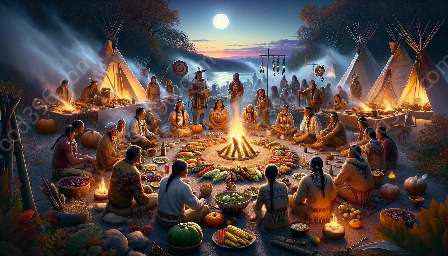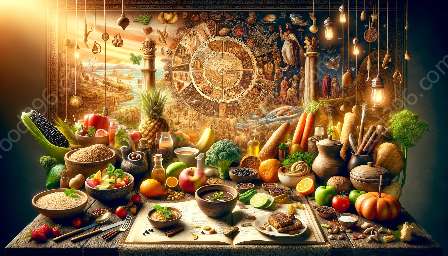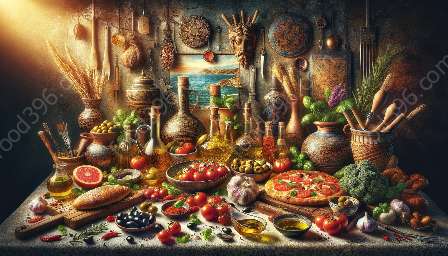America's culinary history is a journey that spans centuries, influenced by diverse cultures and traditions. From its indigenous roots to its modern era of fusion flavors, American cuisine reflects the nation's vibrant and evolving culinary landscape.
Indigenous Culinary Traditions
The history of American cuisine begins with the rich culinary traditions of indigenous tribes, who cultivated and foraged a diverse array of ingredients. Native American cuisine encompassed a wide range of regional specialties, including corn-based dishes, succotash, wild game, and an assortment of fruits and vegetables. These traditional foods formed the foundation of what would later become a pivotal influence on American cuisine.
Colonial Influences
Colonial America saw the introduction of European culinary customs, as settlers brought with them a wealth of ingredients, recipes, and cooking techniques. The fusion of indigenous and European flavors gave rise to a new and distinctive culinary landscape. Colonial American cuisine embraced staples such as corn, squash, and beans, and integrated them with European imports such as wheat, sugar, and dairy products.
Culinary Evolution in the 19th and 20th Centuries
The 19th and 20th centuries marked a period of rapid culinary evolution in America. Immigrant communities brought their own culinary traditions, leading to a diverse tapestry of flavors and cooking styles. The fusion of culinary influences from around the globe contributed to the rich and varied cuisine that is the hallmark of America today.
Industrialization and Mass Production
The industrial revolution brought about significant changes in American food production and consumption. Advances in technology and transportation led to the mass production of food products, creating a new era of convenience and accessibility. Canned goods, frozen foods, and processed ingredients became integral components of American diets, shaping the evolution of the nation's culinary identity.
Regional Specialties and Fusion Cuisine
Regional specialties began to emerge, with iconic dishes originating from various parts of the country. From New England clam chowder to Louisiana gumbo, these regional delicacies showcased the diverse culinary heritage of America. The fusion of immigrant traditions with indigenous and colonial influences gave rise to an eclectic mix of flavors, leading to the development of unique and distinctive regional cuisines.
Modern Era of American Cuisine
The modern era has seen an explosion of culinary creativity, with chefs and food enthusiasts celebrating the diversity of American cuisine. From farm-to-table movements to a renaissance of traditional cooking techniques, the contemporary culinary landscape continues to evolve, embracing innovation while honoring the rich history of American food culture.
Diversity and Inclusivity
American cuisine today is characterized by its inclusivity and diversity, reflecting the multicultural fabric of the nation. Influences from Latin America, Asia, the Middle East, and beyond have become integral to the American culinary experience, contributing to a vibrant tapestry of flavors and culinary traditions.
Farm-to-Table Movement
The farm-to-table movement has reinvigorated interest in locally sourced and sustainable ingredients, emphasizing the importance of seasonal produce and artisanal products. This focus on quality and provenance has reshaped the way Americans approach food, fostering a deeper connection to the land and the communities that produce it.
Celebrating Heritage and Tradition
While embracing innovation and global influences, American chefs and food enthusiasts are also celebrating heritage and tradition. Reviving time-honored recipes and culinary practices, they pay homage to the diverse roots of American cuisine and the culinary legacies that have shaped the nation's food culture.




















